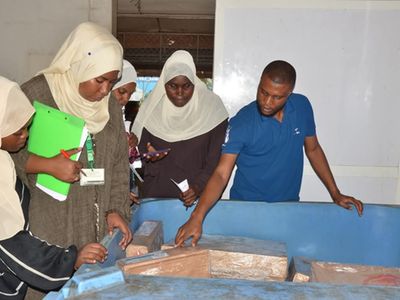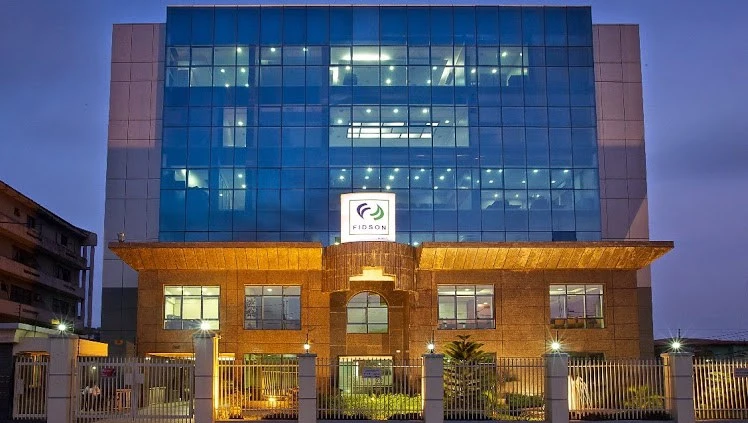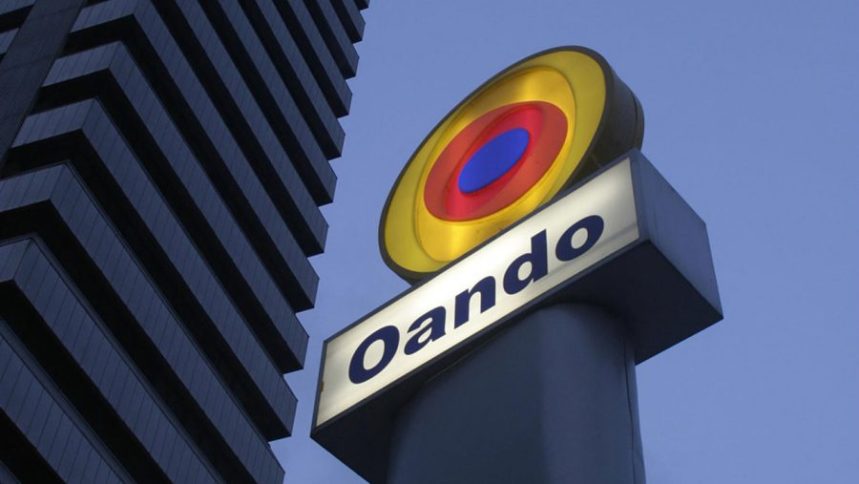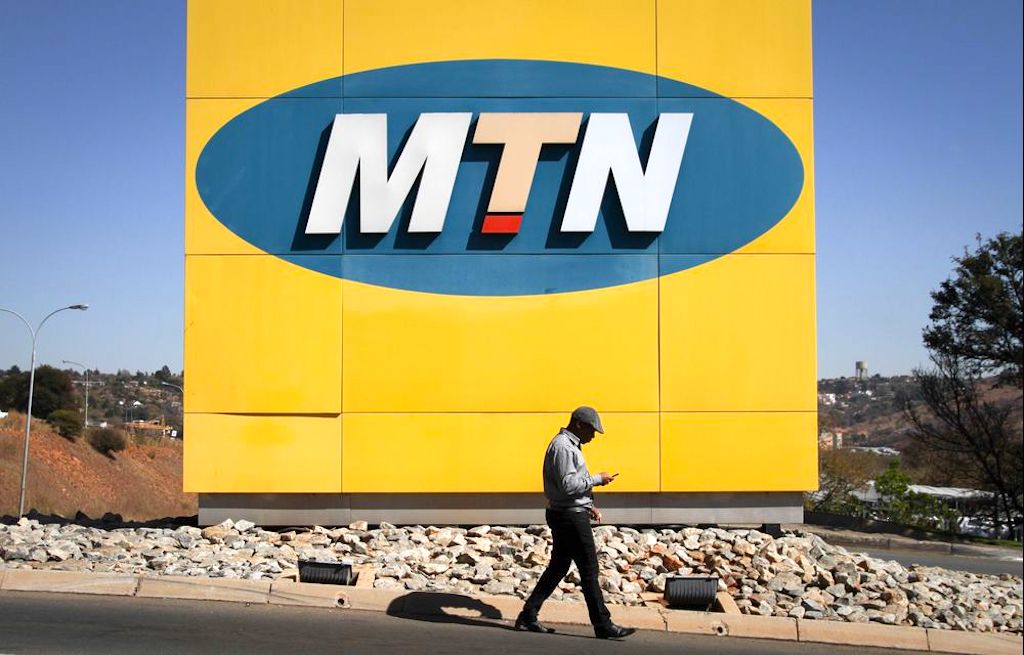….Demands three petitions seeking her removal
Chief Justice Gertrude Torkonoo, has drawn a sword against President John Dramani Mahama, demanding copies of the three petitions submitted for her removal from office and initiating legal arguments against it.
She formally wrote to the President, the Chairman of the Council of State, the Council of State, the former Chief Justice, Sophia Akuffo, the Association of Magistrates and Judges, and the President of the Ghana Bar Association, among others.
Vincent Ekow Assafuah, the Member of Parliament (MP) for Old Tafo, has also filed a writ, challenging the President’s procedure for having a Council of State; interestingly, she will be the same person empanelling the Supreme Court justices to hear a case for her removal from office.
The petitioners’ names and the contents of their petitions are unknown. However, Mahama’s approach, marks a departure from the Akufo-Addo’s approach of dismissing similar petitions, as occurred in January this year, when the presidency, outrightly rejected a petition filed by constitutional lawyer and accounting Professor Stephen Kwaku Asare, commonly known as Kweku Azar, requesting the Chief Justice’s removal on the grounds of incompetence.
In a letter addressed to the President and members of the Council of State yesterday, March 27, 2025, Chief Justice Torkonoo, requested that the President grant her seven days to review the petition upon receiving copies. This would allow her to respond appropriately before a Committee of Inquiry is established to investigate the petitions.
“I am by this letter humbly and respectfully asking His Excellency the President and eminent members of the Council of State to forward the petition against me to me and allow me at least seven days after receipt of same, to provide my response to you, which response can then form part of the material that you conduct the consultations anticipated under 146 (6) before the possible setting up of a Committee of Inquiry under article 146(7),” the Chief Justice said in her letter.
The Chief Justice’s response comes two days after President Mahama forwarded three petitions calling for the removal her removal was sent to the Council of State for further action.
In responding to the issue, the Chief Justice stated that two days after the president’s action, she had not seen or been given copies of the petition, which had been sent to the Council of State and was expected to form the basis for her removal from office.
She averred that under the principles of audi alteram partem rule of natural justice, “no defendant can be subjected to a trial unless the preliminary process of receiving their response has been adhered to.”
According to her, pursuant to Article 146(1) of the Constitution, when a Chief Justice receives a petition for the removal of a Supreme Court Judge, the Chief Justice must, by requirement, bring the petition to the attention of the accused Judge and obtain the judge’s response to the petition.
“This is the right afforded every citizen in justice delivery, and it is provided for in Article 146 procedures. In my time as a Chief Justice, I have handled five such petitions for the removal of superior court judges and heard from them before determining whether a prima facie case has been made against them to merit the setting up of the investigative committee provided for under article 146(4),” Chief Justice Torknoo insisted.
Her Ladyship Justice Gertrude Torkonoo argued that in the case of Agyei-Twum v Attorney-General and Akwettey [2005-2006] SCGLR 732, the Supreme Court concluded that even before the President should consult with members of the Council of State on a petition to remove a Chief Justice, a combination of evidence from the petition and response from the said Chief Justice is required to determine whether there’s a prima facie case established to remove the Chief Justice from office.
“Respectfully, in the case of the Chief Justice, please allow me to submit that it is the combination of the evidence in the petition and the response of the Chief Justice that provides the material for consultation between His Excellency the President and eminent members of the Council of State under article 146(6).
“These two sources serve to guide whether a prima facie case has been established, such that a Committee of Inquiry should be set up under article 146 (7) to inquire into whether the Chief Justice may be removed from office. This is the direction of the Supreme Court in the case of Agyei-Twum v Attorney-General and Akwettey [2005-2006] SCGLR 732,” the letter added.
A statement from the Presidency’s Communications Directorate on Tuesday, March 25, 2025, confirmed that various individuals had submitted three petitions, urging the President to take action against the Chief Justice.
Following constitutional procedures, President Mahama referred the matter to the Council of State to begin the consultation process required before any further action can be taken.
The nature of the petitions and the specific allegations against Chief Justice Torkornoo remain undisclosed. This has prompted the Chief Justice to request for copies of the petition in order to know the details and respond accordingly per the principles of audi alteram partem rule of natural justice.
Vincent Ekow Assafuah filed a lawsuit at the Supreme Court of Ghana, seeking to stop President Mahama from initiating the removal process of Chief Justice Torkornoo. The lawsuit argues that the President’s actions violate constitutional provisions and threaten judicial independence.
In his suit against the Attorney General, Assafuah contends that under a correct interpretation of Articles 146(1), (2), (4), (6), and (7), along with Articles 23, 57(3), and 296 of the 1992 Constitution, the President is required to notify the Chief Justice about any petition for her removal and obtain her comments before consulting the Council of State.
The case of Agyei Twum vs AG is clear regarding the process for removing a Chief Justice.
When the President receives a petition for the removal of a Chief Justice, he must first determine, in consultation with the Council of State, if a prima facie case exists. This is precisely what President Mahama did regarding the petitions for the removal of Chief Justice Torkonoo.
The letter from the President, forwarding these petitions to the Council of State, clearly indicated that the Council was being consulted to determine a prima facie case.
He also consulted the Council of State on the need to forward the petitions seeking the removal of the Chief Justice to her, giving her 10 days to respond to the allegations before a prima facie case is established. Therefore, President Mahama strictly adheres to the dictates of the Constitution and the Agyei Twum case. He has done nothing unlawful or improper.
The post Fear-gripped Chief Justice draws sword on Mahama appeared first on The Herald ghana.







